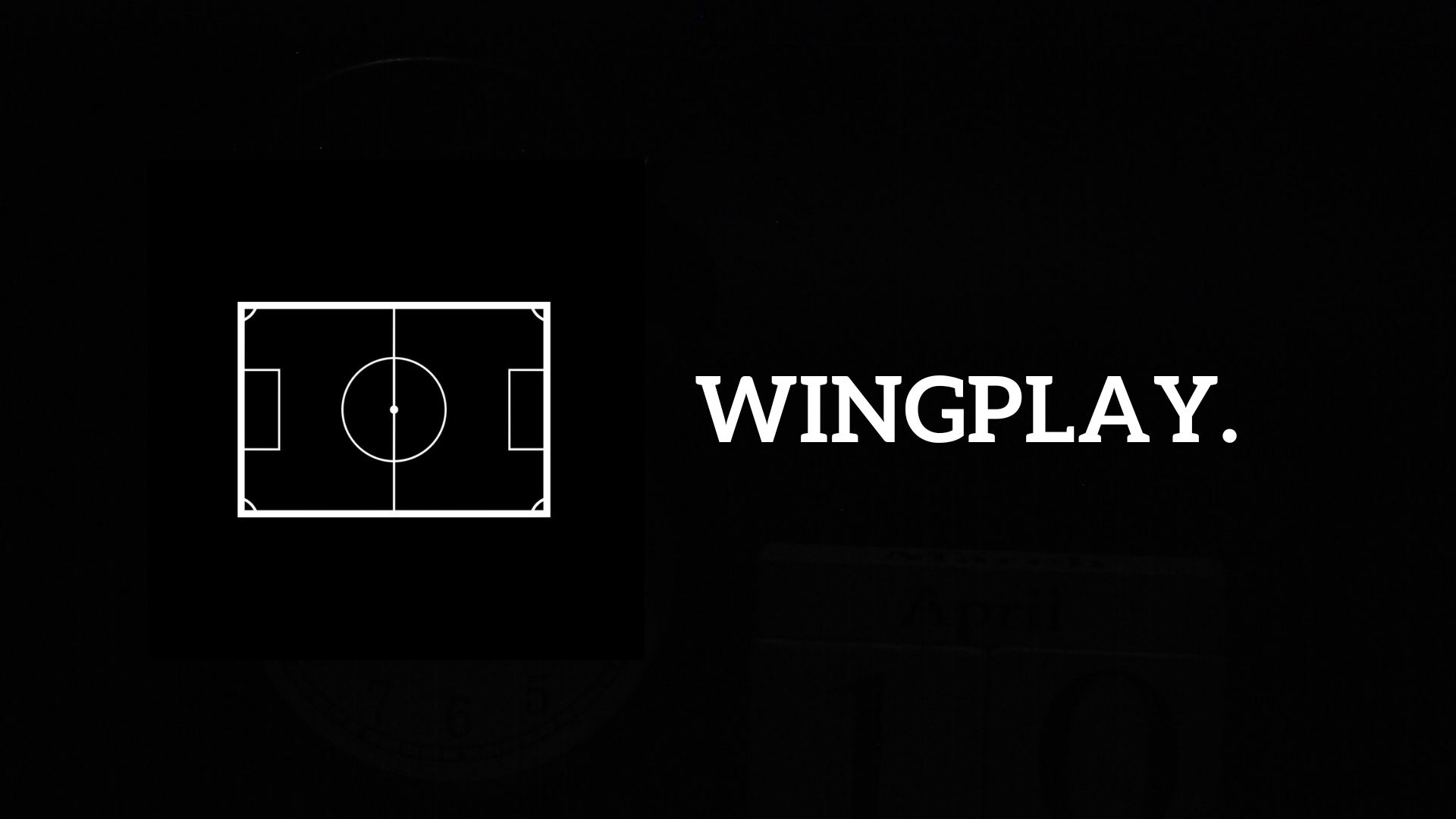1992 saw a rule change that would hold great effect upon football’s tactical trajectory – goalkeepers truly became the 11th outfielder.
The rule change was not a complex one – where previously, a back pass to goalkeepers could be picked up and start a new phase of play, that luxury was now removed.
This forced goalkeepers to become more adept with their feet, necessitating them to be able to play out from the back, with distributional skills, while the opposition provided significant pressure.
The Causes of the Rule Change
In hindsight, the rule was needed to continue football’s development.
Despite the significant backlash against the rule at the time (including a ‘Save Our Backpass’ campaign from World Soccer Magazine), football’s development had levelled out and in many cases, become astoundingly negative.
The 1990 World Cup showcased this to a huge extent, as goalkeepers routinely received the ball from a backpass and handled it – taking the pressure off and allowing their team to reset.
However, it reached its climax at the 1992 European Championships, where unlikely champions Denmark triumphed due to a number of factors, including Peter Schmeichel’s constant use of this tactic.
Significant Objectors
As aforementioned, the rule change was not without its critics.
Arsenal manager George Graham felt the change was null and added nothing to proceedings , and he was not alone in this opinion.
In fact, many managers across Europe took issue with the rule – however most surprisingly, was Johan Cruyff.
Cruyff similarly claimed that the rule change offered no enhancement to the game, instead feeling that all it would do was cause more issues for officials.
However, if anything, the rule change perfectly suited Cruyff’s idea of how the game should be played.
Cruyff valued a goalkeeper’s ability with his feet over almost everything else – even the traditionally important aspects of a goalkeeper’s game – such as shot stopping.
Not only was this showcased in his own game (Cruyff often played between the sticks for Ajax’s third team during his time there), but also later when he moved into managerial positions.
He favoured Carles Busquets over Andoni Zubizaretta during his time as Barcelona manager, due to Busquets’ technical skills and advanced starting position.
The Effects of the Rule Change
The effects of the rule change are not hard to see, and the necessity for a technically able goalkeeper grows evermore persistent even in the modern age.
To take just one recent example, soon after joining the club De Zerbi ousted Brighton regular Robert Sanchez in favour of Jason Steele – a player who despite only having a single Premier League appearance before taking the first-choice spot, had far better technical and distributional skills.
The result is simple, goalkeepers who are not comfortable with the ball at their feet are going out of fashion. Teams expect their goalkeeper to be able to effectively deal with pressure from the opposition press, distribute effectively all over the pitch, and participate in build up.
Indeed, as this becomes even more commonplace in the game, sides without keepers that can do this immediately find themselves at a disadvantage – a man down in possession.
In fact, it has even been stipulated that as the game progresses, this could become even more prominent in a side’s tactical set-up. There are even suggestions that goalkeepers might eventually step up into the back line and push a defender forward in order to offer their side a numerical advantage further up the field.
For now however, the result of the rule change is clear, and they have hugely altered the profile of the modern day keeper – a player that now participates in build-up, is comfortable on the ball, and ultimately acts as the 11th outfielder.
